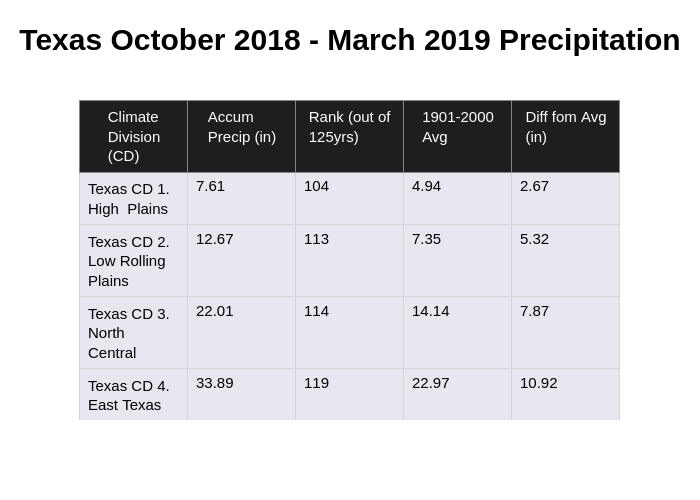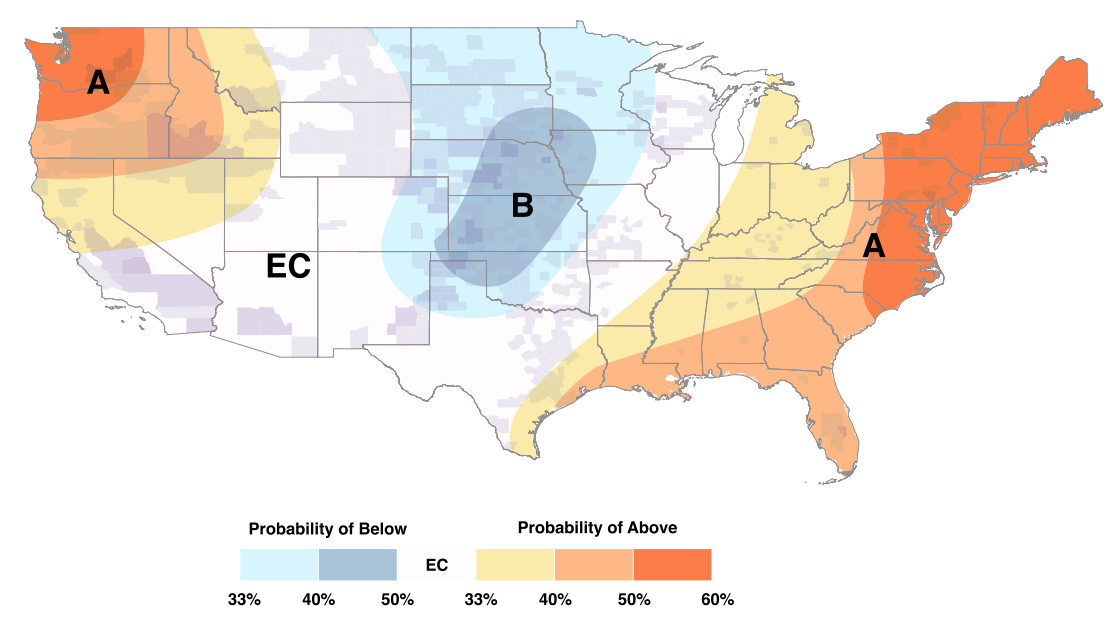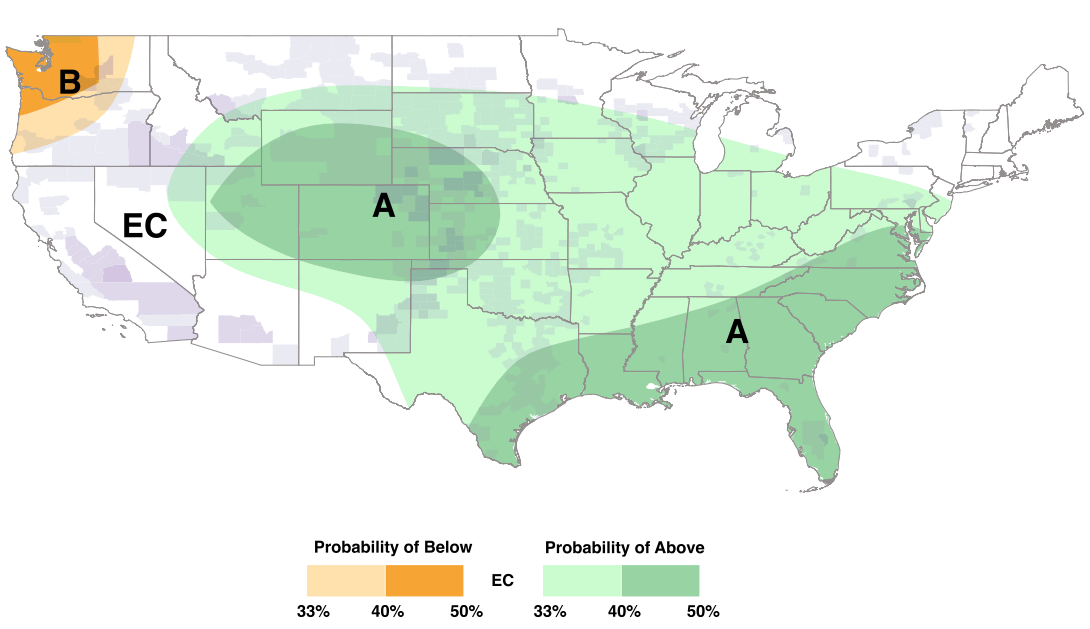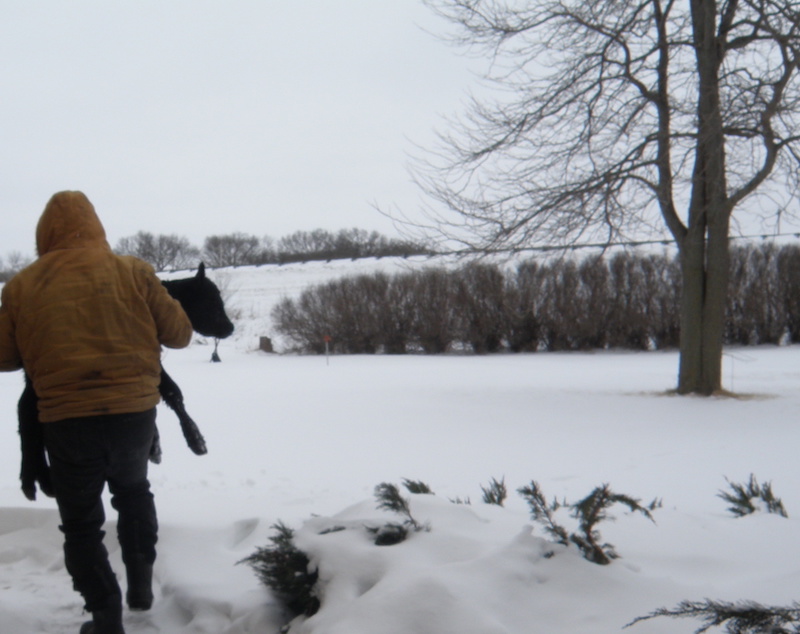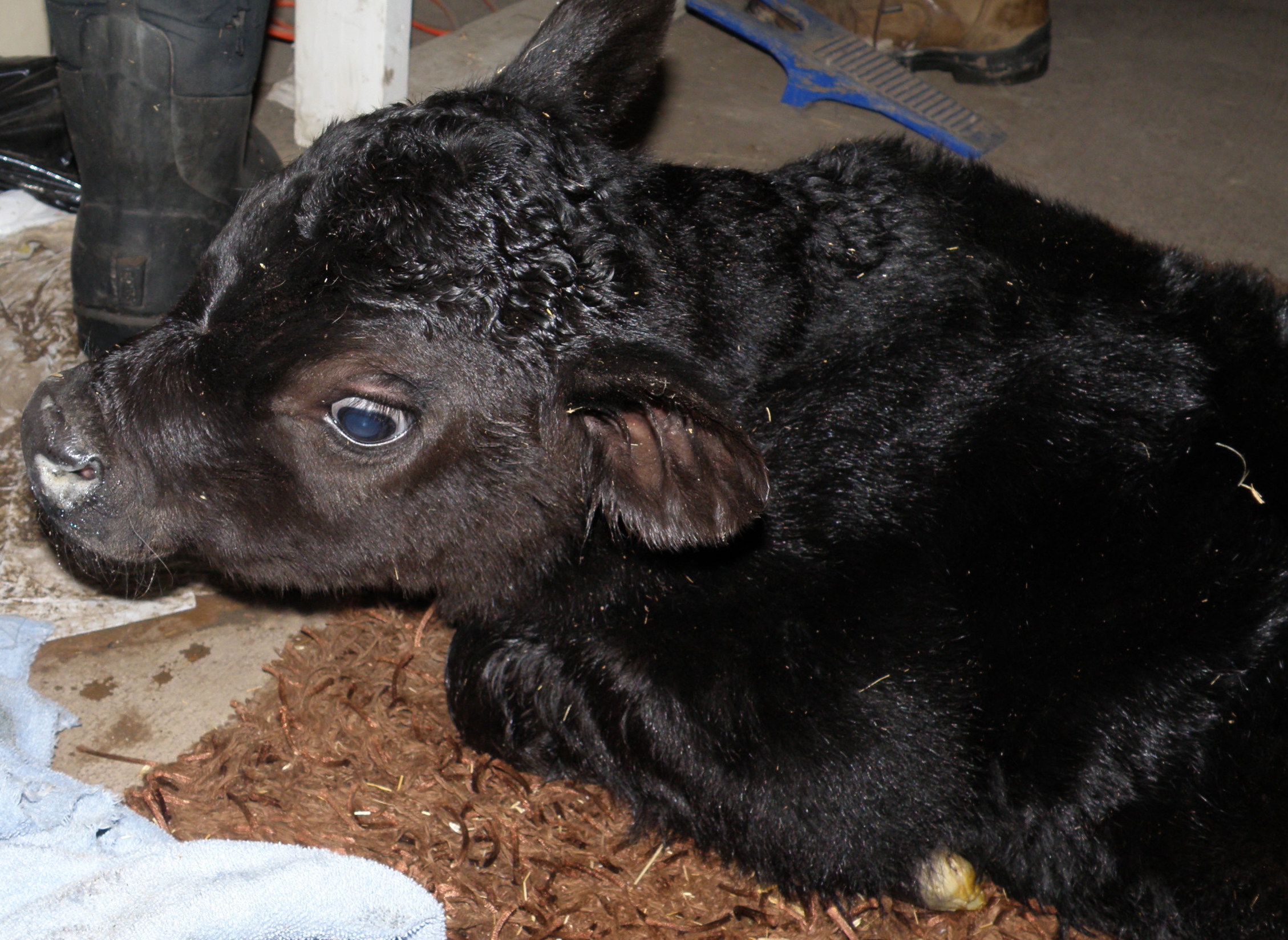Livestock Wx
2019 Kansas Grazing Preview
Continuing our preview of grazing, we next focus on Kansas and how this past winter and early spring will translate into grass growth for livestock producers across the state.
The unseasonably wet El Niño winter and early spring should bolster livestock grazing conditions for much of the central Plains states including Kansas. One upside to the recently harsh winter is that we have seen fewer evaporative losses so much of the moisture we’ve received has stayed put. Adding to the already wet conditions, climatologists and forage specialists are expecting a continuation of the cool and wet spring, which should provide the opportunity for flourishing grazing conditions.
All of Kansas has had adequate rainfall/moisture since last fall. Cool temperatures during most of March, however, has slowed down plant growth.
“Cool-season grasses such as smooth brome and tall fescue are greening up and starting to grow in eastern Kansas. Some people have not been able to apply fertilizer though, because of the wet conditions. Native grasses are still dormant on most of the prairies in Kansas. Cool-season grasses such as Kentucky bluegrass and annual bromes are greening up, especially on sites with reduced cover,” said Walter H. Fick, Ph.D., Professor of Range Management at Kansas State University; Manhattan, Kansas.
Much Too Early Map of Areas Greening Up Based on Satellite Imagery
The below map is from the MODIS Terra Satellite and the Normalized Difference Vegetation Index or NDVI. The average value was taken between March 16 and April 14, 2019 compared to the entire data set from 2000 to present for March – April.

Meanwhile, many ranchers are anxious to get cattle to pasture after a long winter. Also, with welcome recent temperatures in the 70s, the spring warmth will speed up plant growth.
“There is enough soil moisture to start grass growth, but May and June precipitation will determine the amount of forage production on rangelands in central and western Kansas,” added Fick.
Another K-State agronomist addressed winter-wheat forage production. “From the wheat perspective, this winter/fall was definitely challenging for forage production, unless the field was planted mid-September. For fields planted mid-September, there was plenty of moisture and so forage production was about on average, approximately 1300-2700 lbs dry matter/ac depending on variety,” said Romulo Pisa Lollato, Ph.D., Assistant Professor; Wheat and Forages Extension Specialist- Department of Agronomy, Kansas State University, Manhattan, Kansas.
For details on Dr. Lollato's work see K-State's Agronomy eUpdate from January 18, 2019 at the link below.
“These early planted fields are, in the majority, already past first hollow stem and thus dual-purpose wheat producers should have already removed the cattle from wheat pastures if intending to harvest for grain,” said Lollato. (weekly reports: https://webapp.agron.ksu.edu/agr_social/eu.throck )
Due to the amount of rain in October, 45-50% of the wheat fields in Kansas were planted late October through November, which were very limited in forage, despite good moisture conditions. This was mostly due to the below average temperatures, and late planting. Lollato says many of these fields are just now tillering in the spring.
That’s it for our initial check-in on Kansas. Check back, though, as we’re just getting started and we will keep updating conditions for Kansas and the rest of cattle country in the coming weeks.







